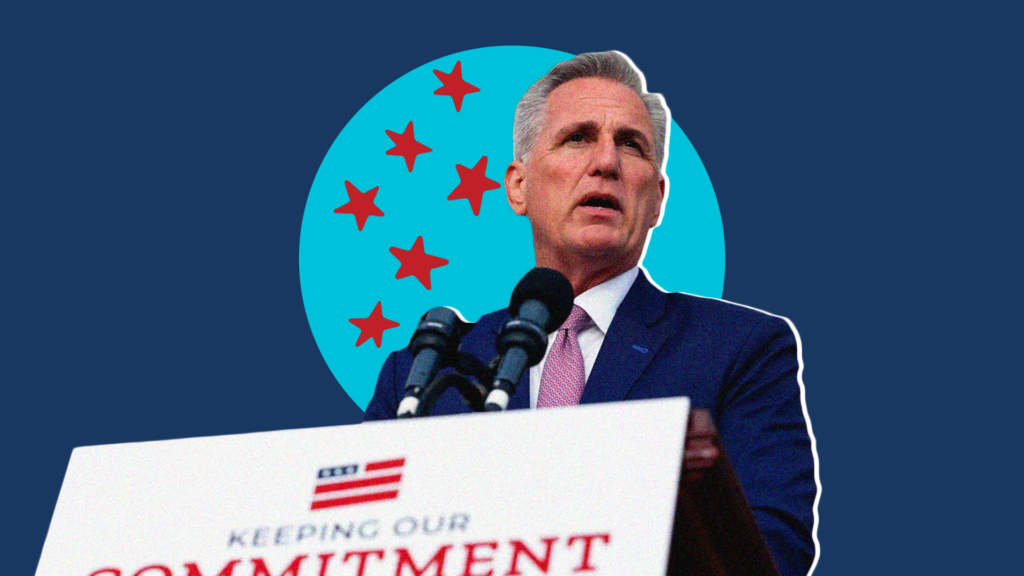Judging the Tax Plans
With the first real votes being cast in the presidential race on Monday, this is an opportune moment to do some last-minute comparison shopping on the candidate tax reform plans. On this issue there’s a lot to cheer about. All the Republican candidates have crafted plans that would slash tax rates for everyone and most would vastly simplify the thousands of pages of IRS tax code too.
Senators Ted Cruz and Rand Paul have endorsed flat tax plans that, for full disclosure, were designed by Arthur Laffer and myself. These plans have drawn some criticism on the right of late, though as you will see below, these attacks are mostly baseless.
Ben Carson wants a low-rate flat tax too and he would heroically eliminate all special interest deductions and carve-outs. Mike Huckabee is pushing a national sales tax to entirely replace the income tax. Jeb Bush, Chris Christie, John Kasich and Donald Trump want to cut personal income tax rates down to between 20 and 25 percent while eliminating indefensible loopholes.
One common goal of nearly all these plans is to turbocharge growth by dramatically lowering the business tax rate (now the highest in the world) and reducing the punitive double taxation of investment income. Most Republican plans would cut the corporate/business tax to between 15 and 25 percent.
All of this contrasts sharply with the two Democratic candidate plans. Former Secretary of State Hillary Clinton and Sen. Bernie Sanders seem to be in a weekly bidding war to see who can raise tax rates the most. Hillary favors hiking maximum capital gains and personal income tax rates to the mid 40s or higher. Bernie Sanders said last week that he wouldn’t go to a 90 percent tax rate, but anything below that seems to be fine by him.



